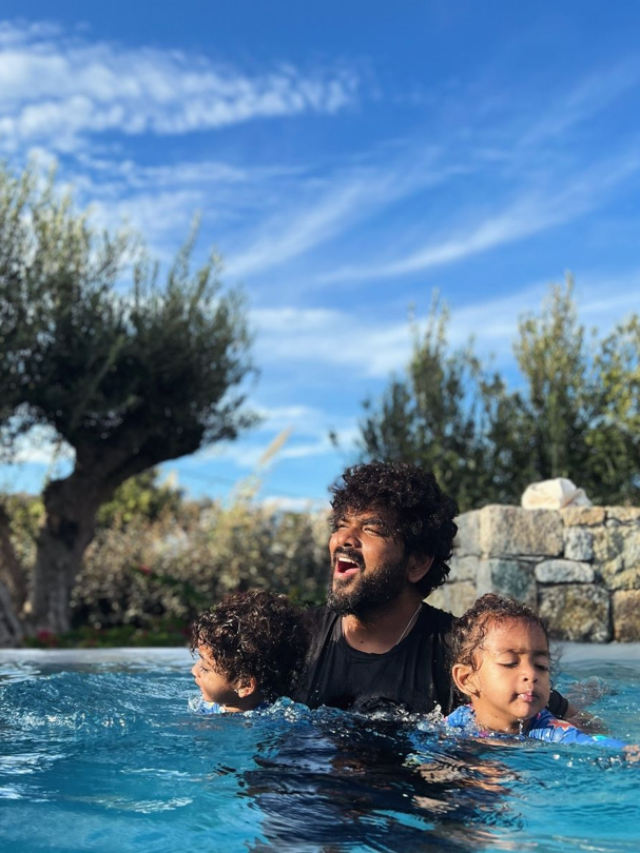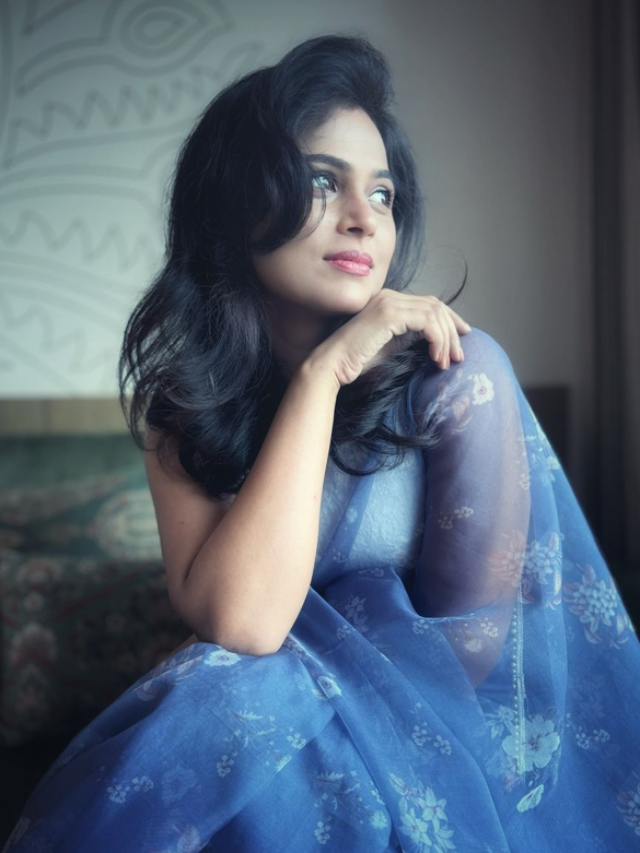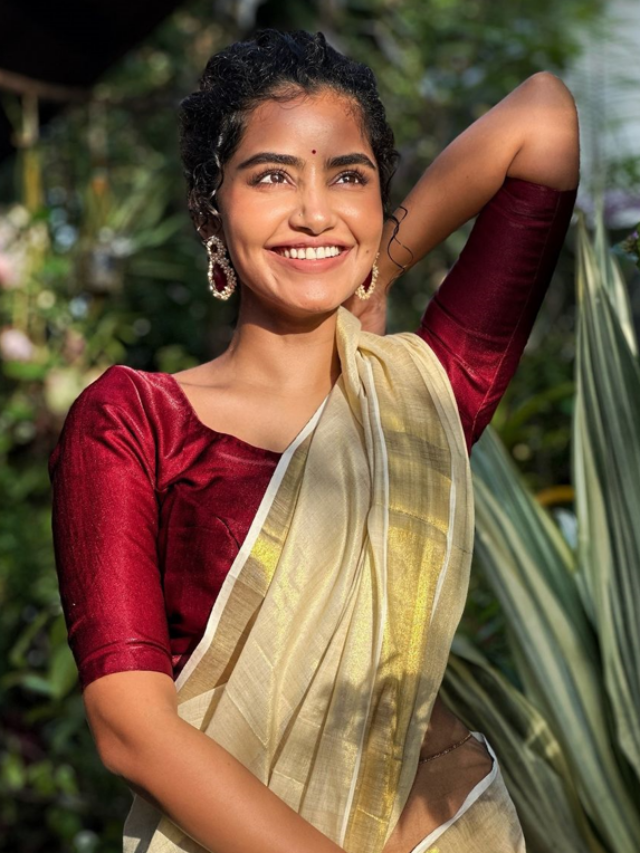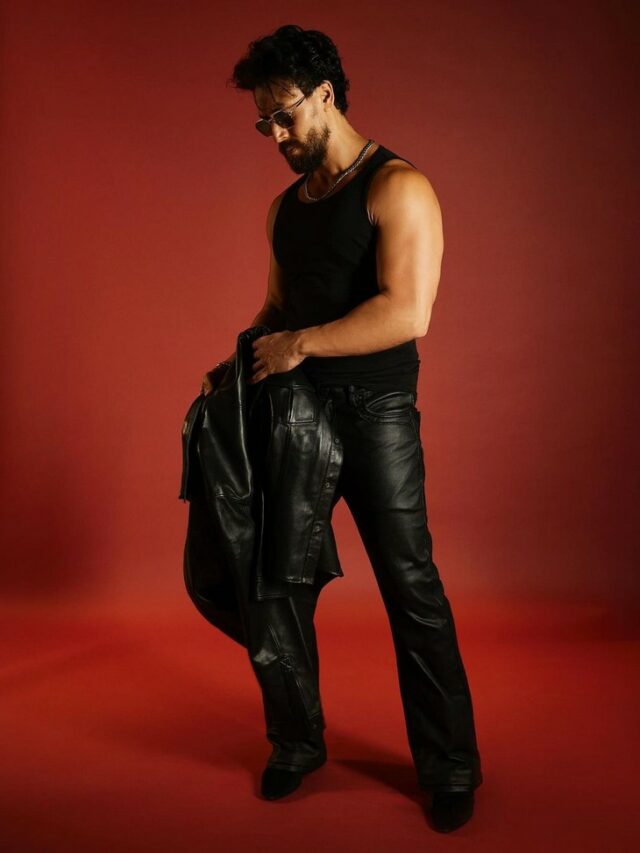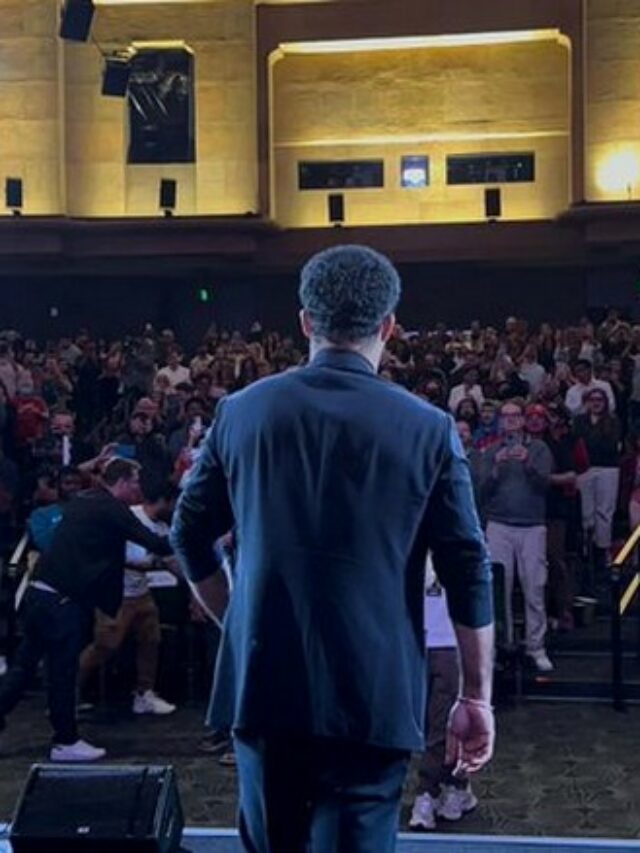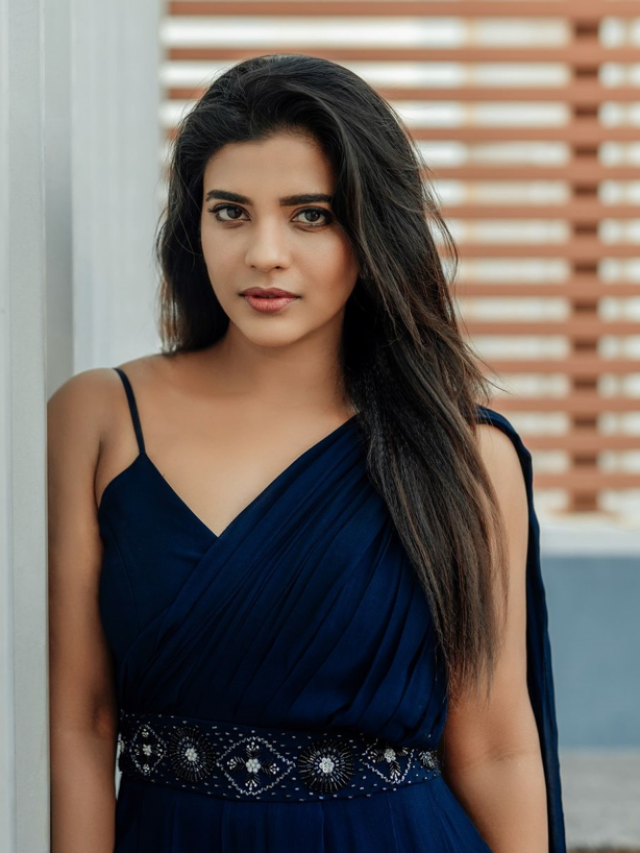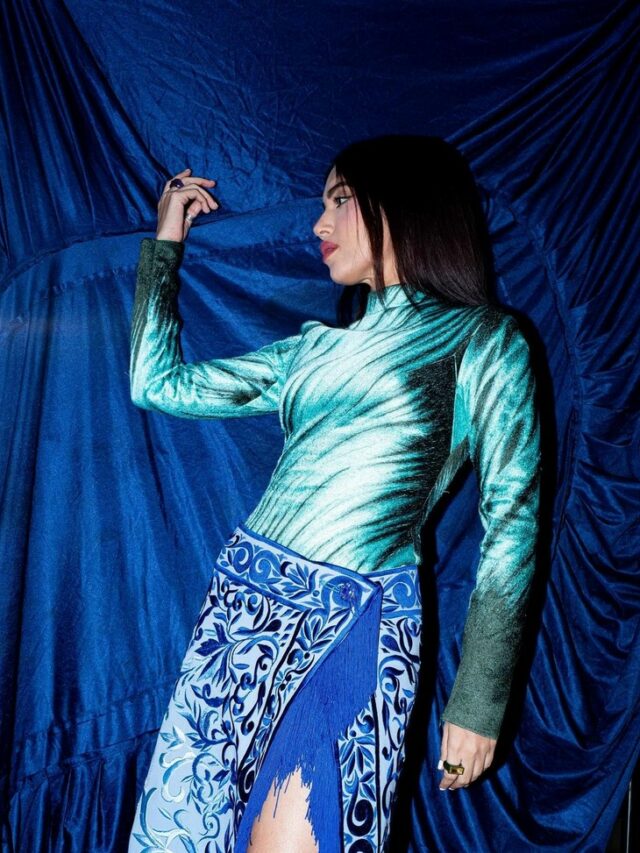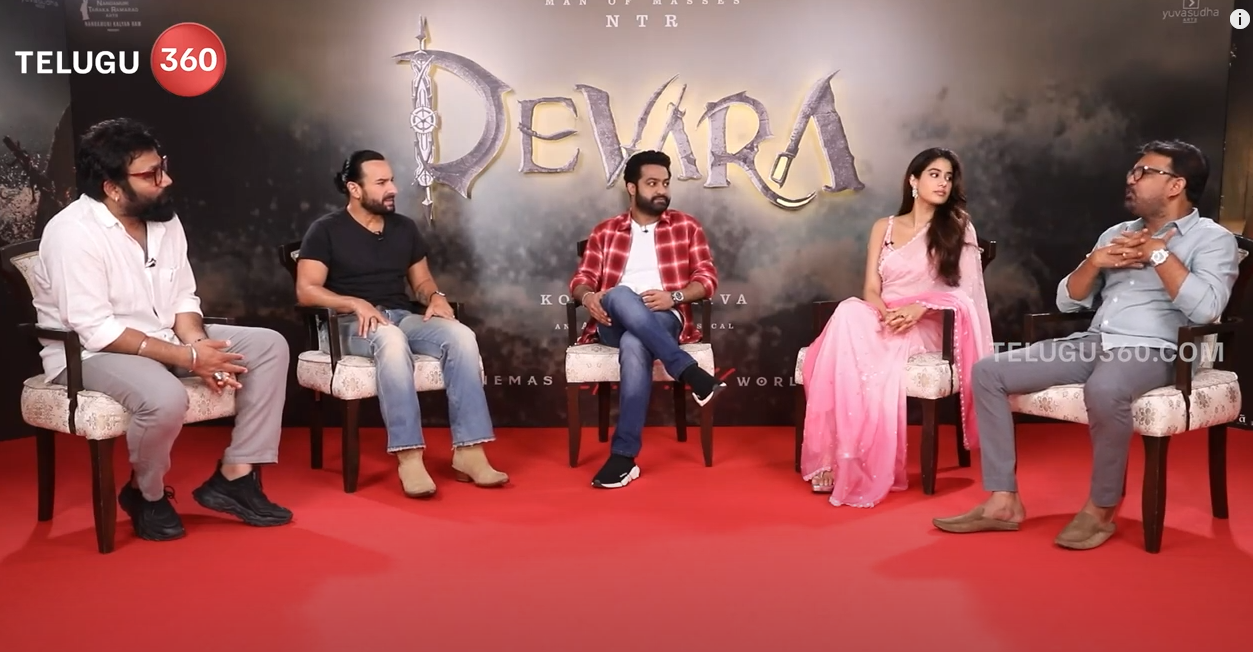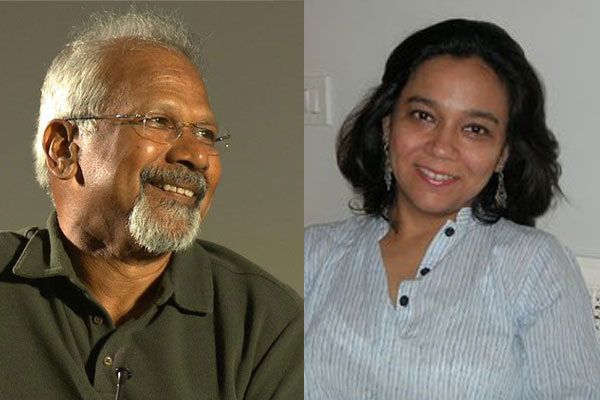National Award winning production designer Sharmishta Roy says working with filmmaker Mani Ratnam twice in a row has taught her to simplify things and be rooted in her approach to work.
Having worked in “OK Kanmani”, Sharmishta reunited with Ratnam for Tamil romantic-drama “Kaatru Veliyidai”, which is releasing on Friday.
Talking about how working with the “Roja” filmmaker has changed her perspective about cinema, Sharmishta told IANS in an email interaction: “The most valuable takeaway from working with Mani Sir has been to simplify things, be rooted and, therefore, honest. I don’t know if people think my work has changed, but I personally believe that I have learnt to truly value a script and let it dictate my tactical decisions.”
Popular for her work in mainstream Hindi cinema in films such as “Dil Toh Pagal Hai”, “Meenaxi: A Tale of Three Cities” and “Veer-Zaara”, it was through her filmmaker friend Shaad Ali that she was introduced to Ratnam.
“For ‘OK Kanmani’, I kept my focus on meeting the director’s vision. We had a successful time making the film and I greatly appreciate Mani Sir’s work ethos,” she said.
Talking about Karthi and Aditi Rao Hydari starrer “Kaatru Veliyidai”, she said it is a story that spans many cities and different timelines.
“Keeping the viewer cued in to the story through unobtrusive details related to time, ethnicity and professions was a large part of the production design of the film. I felt strongly for the protagonists in the story. While it might seem unrelated to production design, I think it majorly influenced my work. I wanted them to live a certain way, own particular things and have a definite aesthetic,” she explained.
Admitting that it was a daunting task to work on the project due to its vast canvas, Sharmishta said: “It encouraged me to explore the possibility of creating worlds in places far removed from their true geographical location. Adhering to a colour palette, being mindful of details and props to ensure they were time-appropriate made the art work challenging and exciting.”
Unlike “Ok Kanmani”, this wasn’t an easy project to work on. It came with its set of challenges.
“Most of the film was shot in spaces repurposed to suit the requirements of the film. We often had to work with inclement weather, non-availability of construction and decorative material and tight schedules. Fortunately, a strong production team made my life easier through proper coordination amongst different departments,” she said.
Asked if any particular set work challenged her, she said: “I was particularly frustrated with the construction of a set for a song sequence and fortunately it eventually turned out to be one of my favourite set-ups.”
Although considered a taskmaster by his peers, Sharmishta said Ratnam expects his team members to feel intensely about the project, and therefore creates an inclusive environment.
“Once that is established, the onus is on each one to live up to his expectation — bring the script to life in a way that it resonates with the audience. Over the months of working with him, I am convinced that he is physically and mentally indefatigable. All of us on set want a drop of that secret potion,” she added.
On a concluding note, she said it would be her privilege to get to work with the auteur again.


